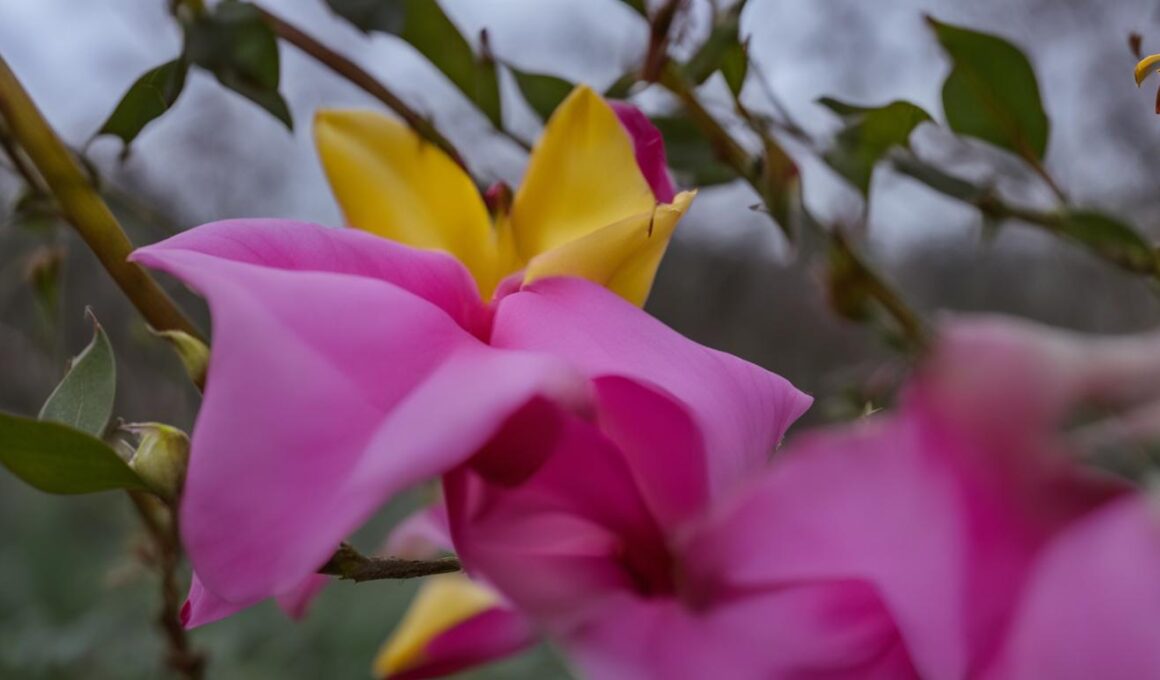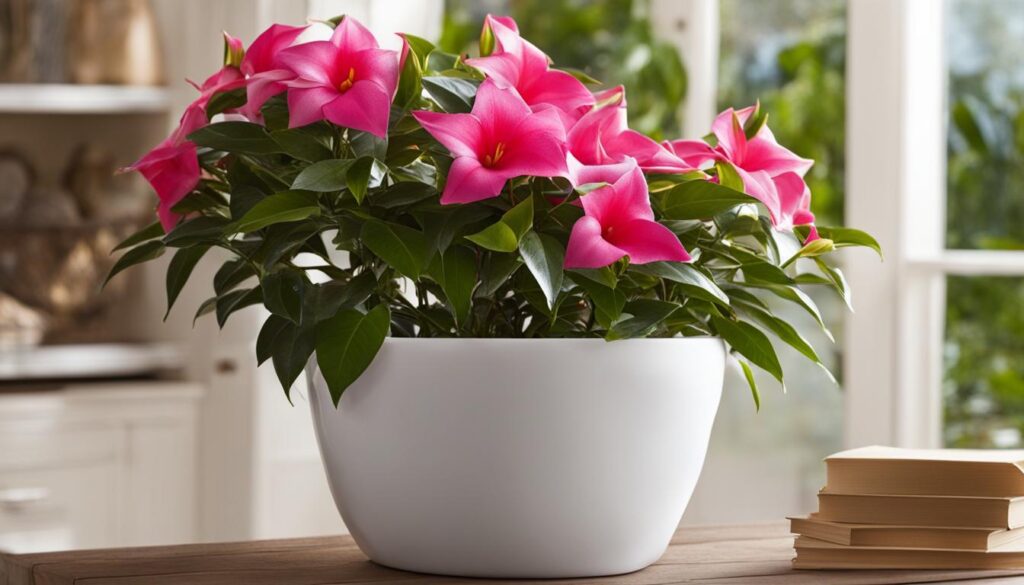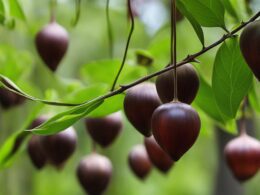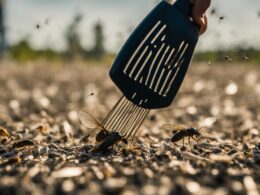During the winter months, it’s important to provide proper care for your Mandevilla plants to ensure they thrive and continue to produce beautiful blooms. Maintaining healthy growth and bountiful blooms in winter requires specific attention and care. Luckily, with a few essential tips, you can keep your Mandevilla plants flourishing even in the chilly season.
Winter care for Mandevilla plants is crucial. These stunning tropical vines require special attention to survive colder temperatures while maintaining their vibrant bloom. By following some simple guidelines, you can ensure that your Mandevilla plants stay healthy, vigorous, and ready to dazzle with their colorful flowers when spring arrives.
Can I Keep My Mandevilla Outside Over Winter?
If you live in an area with frosty or freezing temperatures during winter, it is not advisable to keep your Mandevilla plants outdoors. These tropical plants thrive in temperatures above 50°F (10°C) and are not frost tolerant. However, if your region experiences occasional dips into the 30s or 40s (0-4°C), you can still enjoy your Mandevilla plants outside for most of the year by providing proper protection.
- During the colder months, it is crucial to shield your Mandevilla plants from frost and freezing temperatures. One way to protect them is by moving the plants to a sheltered location, such as a covered patio or a greenhouse, when the temperatures drop.
- Another effective method is to use plant covers, blankets, or frost cloths to create a protective barrier around your Mandevilla plants. This layer acts as insulation and helps trap heat, keeping the plants warm even during cold spells.
- Furthermore, consider placing your Mandevilla plants in containers that can be moved indoors during extremely cold periods. This allows you to bring them inside to a well-lit area, such as a sunny window or a conservatory, until the temperature rises above freezing.
Remember, extended periods of temperatures below 50°F (10°C) can be detrimental to Mandevilla plants. If your area consistently stays cold, it may be best to treat Mandevilla as an annual or bring them indoors for the winter. Taking these precautions will ensure your Mandevilla plants stay healthy and vibrant, ready to thrive when spring arrives.
How Do I Bring My Mandevilla Indoors Over Winter?
Bringing your Mandevilla plants indoors for the winter is essential to ensure their survival and maintain healthy growth. Follow these tips to successfully transition your Mandevilla indoors and provide the care it needs during the colder months.
- Pruning Mandevilla Plants: Start by pruning the plant back to reduce leaf loss and encourage new growth that is better adapted to indoor conditions. Trim any dead or overgrown branches, and shape the plant as desired.
- Pest Prevention: Before bringing your Mandevilla indoors, it’s crucial to address any potential pest problems. Apply preventative treatments such as insecticidal soap or neem oil sprays to keep pests from coming inside and causing damage.
- Choose a High-Light Spot: When selecting a location for your Mandevilla indoors, opt for a high-light spot near a large sunny window or under a shop light. These plants require plenty of bright, indirect light to thrive indoors.
- Mindful Watering: Be mindful of watering your Mandevilla indoors. Unlike their outdoor counterparts, indoor Mandevilla plants require less water. Let the soil dry out slightly between waterings to prevent overwatering and root rot.
- Avoid Hot and Cold Drafts: Protect your Mandevilla plants from hot or cold drafts, as they can cause stress and leaf discoloration. Avoid placing them near heating vents or drafty windows to maintain a stable and comfortable environment.
- Lack of Fertilization: During the winter months, fertilization is not necessary for Mandevilla plants. They benefit from a period of rest, and nutrient application can wait until the spring when they resume active growth.
While your Mandevilla may not produce as many flowers indoors, these care practices will ensure the plant’s health and well-being during the winter. They will rest and prepare for vibrant blooms when spring arrives.
Remember, by bringing your Mandevilla indoors over winter, you are providing the necessary care and protection it needs to thrive as a beautiful houseplant.
Winterizing Mandevillas
If you have limited space or light indoors, an alternative approach to winter care for Mandevilla plants is to allow them to go dormant. Before transitioning them indoors, prune the plants back to about 12 inches (30 cm) to promote healthy growth. Give them a thorough watering in the sink to wash out any pests. Next, place your Mandevilla plants in a cool garage or basement with a temperature above freezing, around 50°F (10°C). This will help them maintain their dormant state throughout the winter.
During the winter months, watering should be done sparingly to prevent the potting mix from completely drying out. Check the soil moisture regularly and only water when needed. Remember, overwatering can cause root rot, so it’s important to strike a balance. The goal is to keep the soil lightly moist, not wet. By managing the watering carefully, you ensure the health of your dormant Mandevilla plants.
As the winter ends and early spring arrives, you may notice signs of new growth, indicating that the plants are breaking dormancy. At this point, it’s time to gradually transition your Mandevilla plants to a warm and sunny room. Resume regular watering and fertilization to support their growth. Be patient and wait until temperatures consistently reach 60°F (15°C) before moving your plants back outside.
Can Yellowing Leaves on Dieffenbachia Plants Be Prevented during Winter?
During winter, yellowing leaves on Dieffenbachia plants can be prevented by minimizing watering, ensuring proper drainage, and maintaining adequate humidity levels. Moreover, checking for pests and avoiding direct exposure to cold drafts can help. If yellow leaves do occur, learn how to fix yellow leaves by trimming them to promote new growth.










